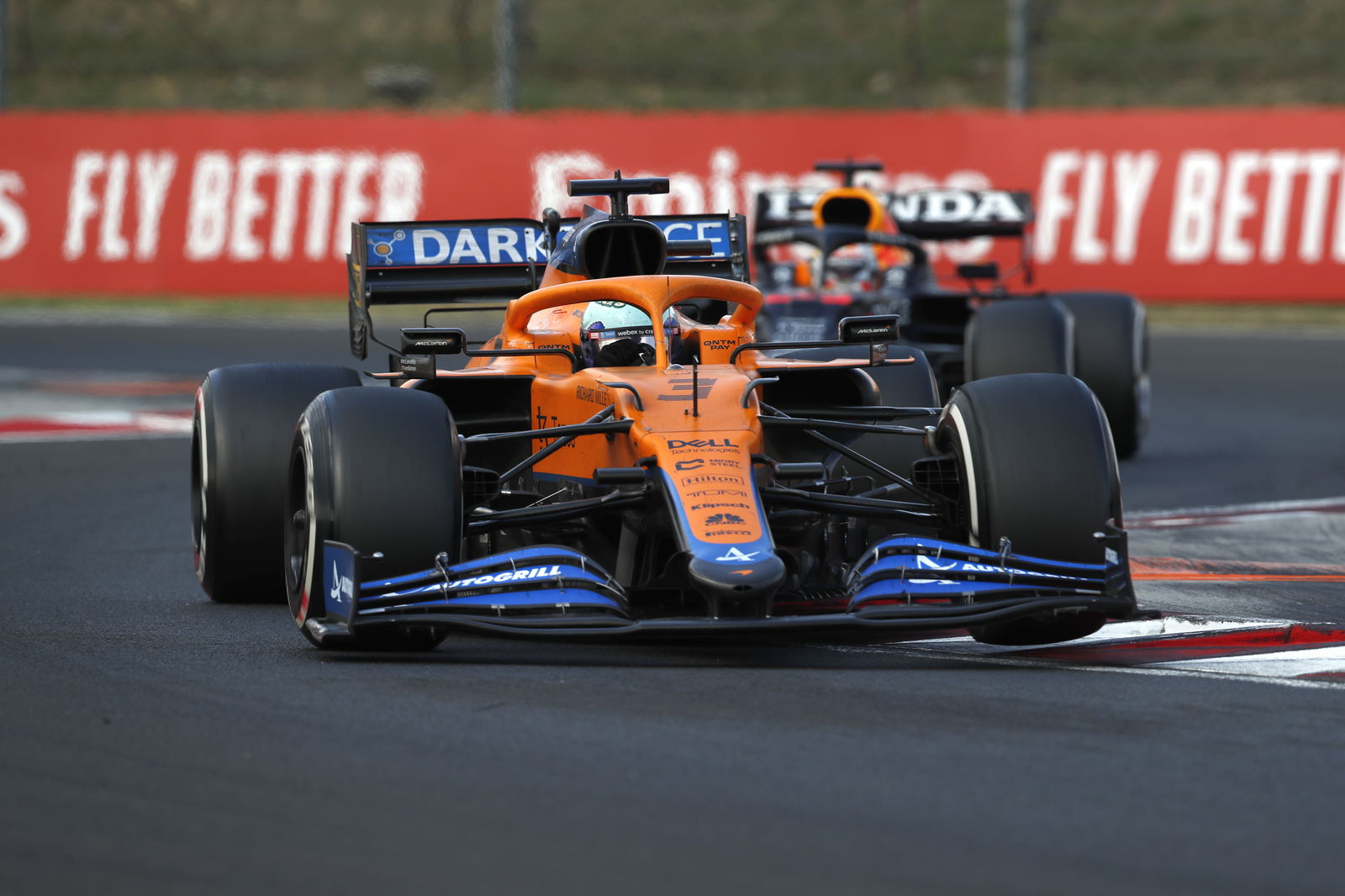Why four F1 drivers were handed T-shirt reprimands at the Hungarian GP

Sebastian Vettel, Carlos Sainz, Lance Stroll, and Valtteri Bottas were all summoned to the stewards after the race and each received a non-driving reprimand.
Vettel wore a rainbow-coloured T-shirt featuring the words “Same Love” on the grid during the pre-race ceremonies ahead of Sunday’s race in his continued show of support for the LGBTQ+ community.
Both Vettel and fellow multiple world champion Lewis Hamilton were vocal in their criticism of the Hungarian government’s recent decision to introduce legislation banning gay people from featuring in school education materials or TV shows for those under 18.
While drivers are permitted to display messages on the grid during F1’s dedicated We Race As One slot, any T-shirts are meant to be removed before the national anthem.
The decision to reprimand the drivers was met by criticism, but Masi insisted the rules have been in place for long enough for the drivers to be fully aware of what is and isn’t allowed on the grid.
"Earlier this year we clarified and following discussion internally with the FIA and F1, we said we wanted to keep giving all of the drivers the ability to have the moment to show effectively their support for We Race as One however they chose to, but then the national anthem for a particular country should be respected with drivers all wearing their race suits,” Masi said.

"So it was clarified and made very clear that once that moment was displayed and the drivers showed their recognition they would have to remove their shirt or anything else they wore and go to the national anthem in their race team uniform.
"And that's been the same for a number of events now, so this is the first event where it has happened since and all of those drivers that kept their shirts on, so it wasn't just Sebastian, there were four or five drivers, all received a non-driving reprimand for failing to follow the race director's instructions.
"It was observed by a number of people including the media delegate whose out there, myself on television. It went from me to the stewards, it was a breach and that's why it was a reprimand for the first offence.”
Drivers who reach three reprimands over the course of the season automatically trigger a 10-place grid penalty, though only one of the infringements can be for non-driving-related reasons.
In the cases of Vettel, Sainz, Stroll, and Bottas, two further non-driving reprimands would not be enough to incur a grid drop.
The last time this happened was in 2013 when Mark Webber received a 10-place grid drop after picking up his third reprimand of the year at the Singapore Grand Prix when he was given a lift to the pits by Fernando Alonso following the race.
"You look at all penalties on the basis of what it is,” Masi explained. “Reprimands are the lowest penalty other than a warning, which really is not a penalty, it's a warning.
“A non-driving reprimand, so you need to have two driving reprimands and one non-driving to ultimately get to a grid penalty. But as an example, three non-driving reprimands, it doesn't have that impact.”


